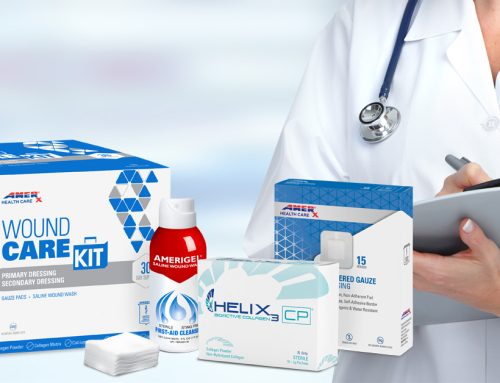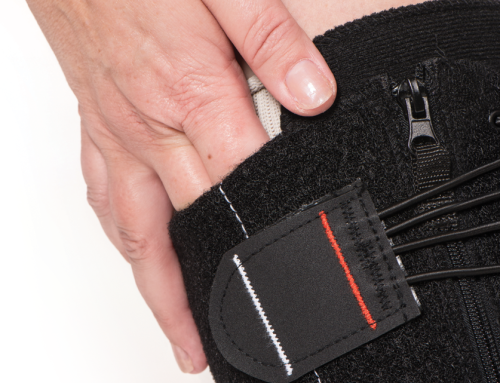The Centers for Medicare and Medicaid Services (CMS) requires that DME suppliers maintain proof that any item dispensed was received by the beneficiary in the form of a Proof of Delivery document. This proof may be needed to substantiate payment. It may be requested by DMEMACs, recovery auditors, supplemental medical review contractors, or Comprehensive Error Rate Testing (CERT) medical review contractors. This Proof of Delivery must be maintained by the supplier for seven years from the date of service.
Who Can Sign?
One method of DME delivery is for the supplier to deliver the item directly to the patient or a designee who is accepting the item on behalf of the patient. When the item is delivered in this manner, the signature of either the patient or the designee is required on the Proof of Delivery. A designee can be someone with any relationship to the patient such as a neighbor or friend. The designee may not be the supplier themselves, an employee of the supplier, or anyone that has a financial interest in the delivery of the item. When a designee accepts the item on behalf of the patient, the relationship of the designee to the patient must be noted on the delivery slip. Furthermore, if the designee signs for the item and their signature is not legible, their name should be printed below it.
"Description" of the Item
There are several things that must be included in the Proof of Delivery. Just some of them are listed here. All documentation that details the description of the item dispensed should be included. Examples of this are a voucher, an invoice, or even a statement in the supplier's documentation. Further description of the item is required in the Proof of Delivery. This can include a narrative description, the item's HCPCS code, its HCPCS code descriptor, and/or the item's brand name/model number.
Methods of Delivery
There are three different methods of delivering a DME item. These include delivering the time to a nursing facility, having a service deliver the item to the patient or designee, or delivery directly to the patient or a designee. Regardless of the method of delivery, the Proof of Delivery must demonstrate that the item delivered was the same as what the payer was billed for and that the patient received the item.
To Be Continued...
Each of the three different methods of delivery have different Proof of Delivery requirements. Check back for next month's blog post which will include the requirements that exist when the item is delivered directly to the patient.
References
DISCLAIMER: The information provided here is intended to educate health care providers regarding compliance for ICD, CPT, and HCPCS coding. The information provided does not guarantee reimbursement and is accurate to the best of our knowledge at the time of this publication. Coding guidelines can change and we encourage you to stay up to date. The existence of a code does not guarantee payment.

Dr. Jeffrey D. Lehrman, DPM, FASPS, MAPWCA, CPC, CPMA
Dr. Lehrman is a podiatrist practicing in Fort Collins, CO and operates Lehrman Consulting, LLC which provides consultation services regarding coding, compliance and documentation. Dr. Lehrman is a Certified Professional Coder and Certified Professional Medical Auditor. He serves as a staff liaison at the AMA CPT® Editorial Panel meetings where CPT codes are created, edited, and deleted. He is a Diplomate of the American Board of Foot and Ankle Surgery, Fellow of the American Society of Podiatric Surgeons, and is recognized as a “Master” by the American Professional Wound Care Association. Dr Lehrman is a Fellow of the American Academy of Podiatric Practice Management, Past Director of the American Professional Wound Care Association Board of Directors, and is a Past Chairman of the Board of the American Society of Podiatric Surgeons. Dr. Lehrman is also on the editorial advisory board of the journal WOUNDS.





